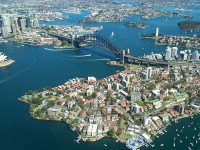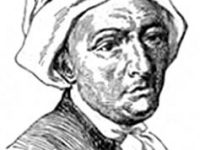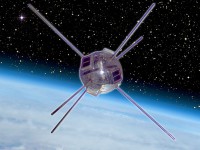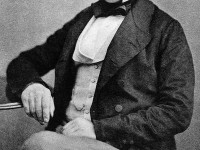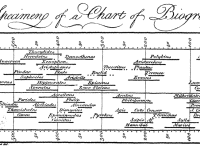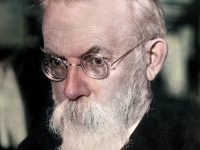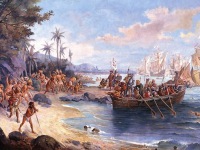The Sydney Harbour Bridge
On March 19, 1932, the Sydney Harbour Bridge was opened, which connects the Sydney central business district and the North Shore. It is the sixth longest spanning-arch bridge in the world, and it is the tallest steel arch bridge, measuring 134 m from top to water level. “To get on in Australia, you must make two observations. Say, “You have the most beautiful bridge in the world” and “They tell me you trounced…
Read more

